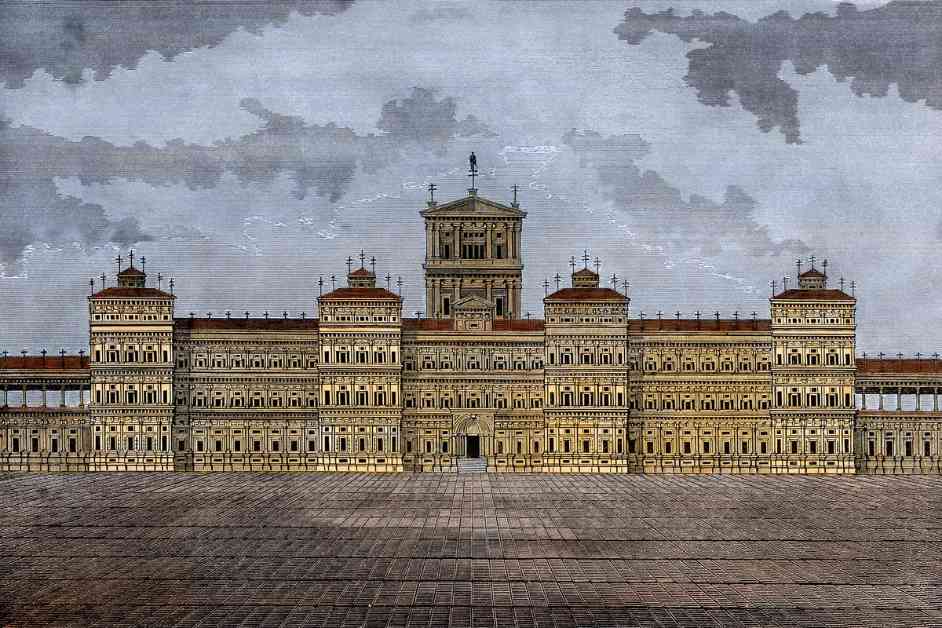Western music has a rich history that dates back to ancient times, with the influence of ancient temples and cathedrals playing a significant role in shaping the music we know today. While many credit composers for the development of music, recent studies by acoustic ecologists and musicologists suggest that the earliest temples and cathedrals had a profound impact on the music that followed.
The design of early temples, such as Solomon’s Temple in Israel, was carefully constructed to optimize acoustics and ensure that sounds and music could be heard clearly by those in attendance. The dimensions, materials, and furnishings of these buildings all played a role in shaping the way music was composed and performed within them.
Early composers of classical music, like Pérotin, John Dunstaple, and Guillaume Dufay, took advantage of the acoustics of these sacred spaces to explore sound and create harmonies that laid the foundation for Western music. The layering of voices and harmonies that they developed in these spaces continues to be beloved in music today.
As ethnomusicologists have pointed out, the physical environment in which music is created plays a crucial role in shaping the music itself. The design of temples and cathedrals provided a unique habitat for music to flourish, with the acoustics of these spaces influencing the development of Western classical music.
From the design of the nave to the use of materials that absorb sound waves, ancient temples were carefully crafted to create optimal sound environments. The high ceilings, rectangular shapes, and specific architectural features of these buildings all contributed to the rich acoustics that defined early music compositions.
The influence of these ancient temples extended beyond the music created within them, shaping the development of music theory and practice in Western culture. The spread of Christianity and the architectural elements of temples influenced the construction of medieval churches and cathedrals, further solidifying the connection between sacred spaces and music.
Individual composers, such as Léonin, Pérotin, and Josquin des Prez, used the acoustics of cathedrals like Notre Dame in Paris and St. Albans in England to experiment with polyphony and new musical forms. The unique sound environments provided by these sacred spaces allowed for musical innovation and creativity to flourish.
Today, the legacy of ancient temples and cathedrals lives on in concert halls and performance spaces around the world. The careful consideration of acoustics, materials, and design in these spaces continues to influence the way music is composed, performed, and experienced by audiences.
By understanding the profound impact of ancient temples on the development of Western music, we can gain a deeper appreciation for the role of architecture and acoustics in shaping our musical heritage. The connection between sound, space, and music is a testament to the enduring influence of these sacred spaces on the music we know and love today.






